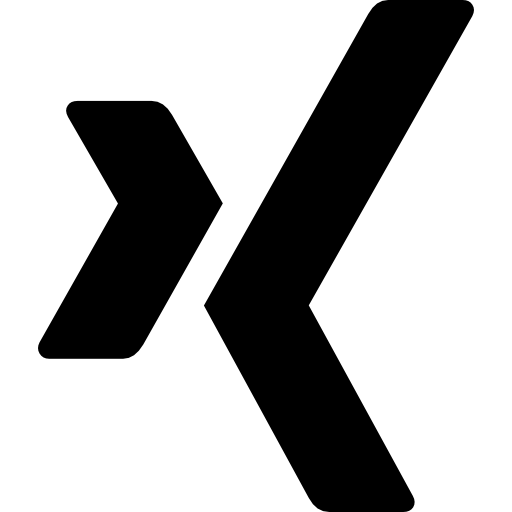- 26.06.2019
WIELAND ELECTRIC USES LIFI TECHNOLOGY IN IN-HOUSE PRODUCTION
Data transmission using light as a promising alternative in industrial communication
Industry 4.0 requires intelligent solutions for networking machines and equipment. So-called LiFi technology is one of them. It uses the light spectrum to transfer data and is a promising alternative to WiFi and Bluetooth, because it is better protected from electromagnetic disturbance in comparison to radio waves and provides real-time capabilities in the microsecond range at data rates up to 1 Gbps. Wieland Electric in Bamberg is investigating how the technological benefits can be utilized in industrial environments. The electronics company uses the new data transmission standard in its in-house production to gain experience and include it in the development of LiFi for industrial communication.
The long-standing company based in Bamberg uses the optical data transfer at a production line for high quality electronic components, namely for the transmission of data to the machine controller and for the collection of operating data between LiFi sender and receiver. Configuration data are sent to the machine while information on output or faults is sent back to the Wieland operating data collection system. The connection to the data network is done with the optical communication solution Trulifi 6013 from Signify, which creates a safe point-to-point connection and enables transmission rates of 250 Mbps in one direction and 2 x 250 Mbps in two directions. Stephan Lauer, Business Development Manager Light & Building Industry at Wieland explains: "The high data rate is not the only argument for using the new technology in industrial environments. The error-free and uncomplicated transmission with LiFi where radio waves or cables make data transmission difficult is much more important."
The technology scores with its flexibility, especially when using it in temporary installations. Since modern production halls have mobile and modular manufacturing units and workplaces, they have to be re-grouped based on changing requirements. The direct connection between access point and client is quickly established when they are simply re-positioned under the data transmitting light source, and the unit is integrated in the network again. Tedious cabling is not necessary, production downtime is minimized. Another supposed disadvantage – LiFi cannot permeate walls and always requires a direct visual contact – is quickly turning into an advantage considering data protection and non-disclosure requirements for industry applications. When using LiFi, a simple wall is all it takes to make data transmission safe.
Stephan Lauer offers customers and interested persons a tour of the test facility in manufacturing at Bamberg: "We have acquired considerable knowledge in the area of LiFi. Our contribution consists of a customized energy and data infrastructure – focused on the special requirements in industrial environments. As a connective link we bring software and hardware partners as well as components together and help our customers find individual solutions. We are happy to show this application at our actual manufacturing facilities."


